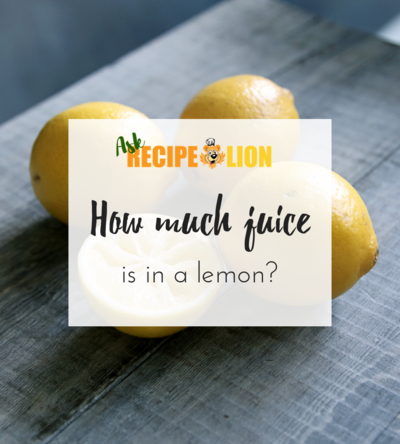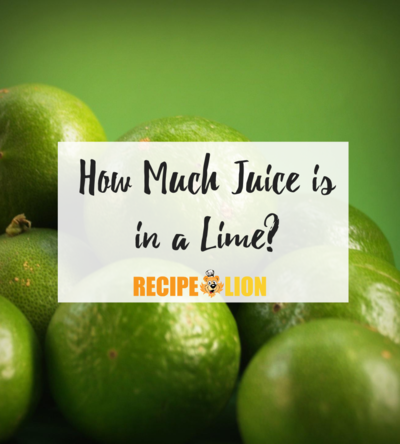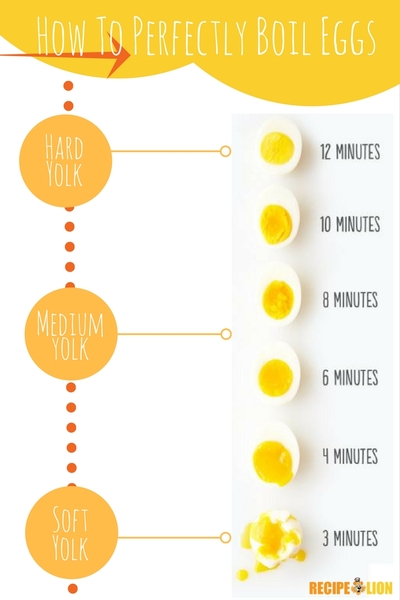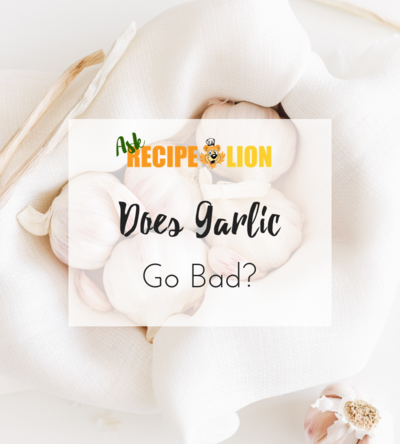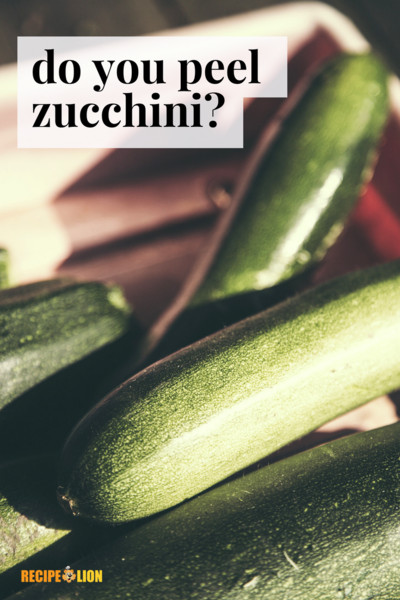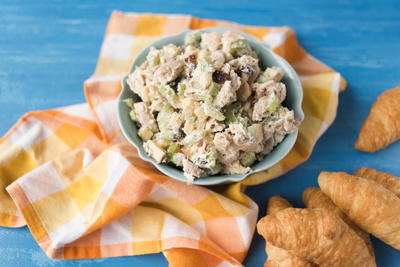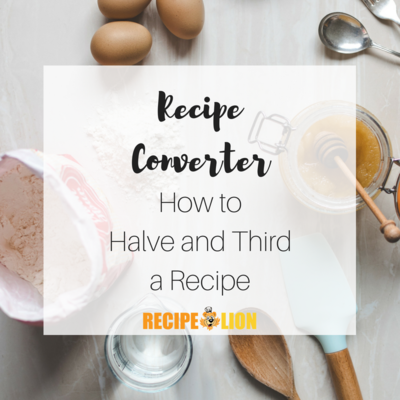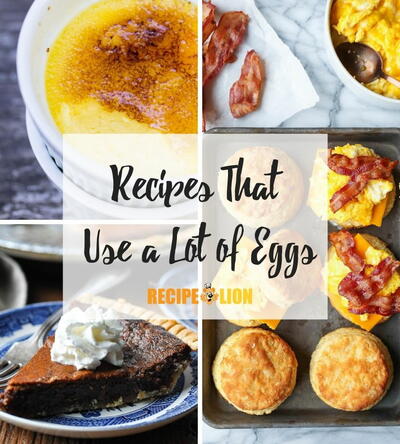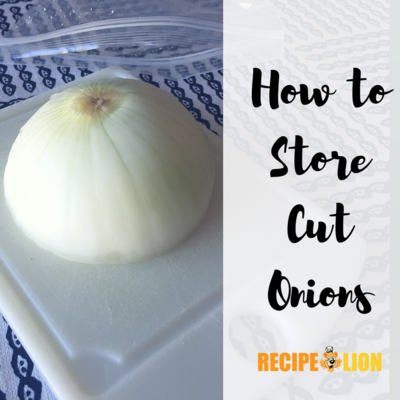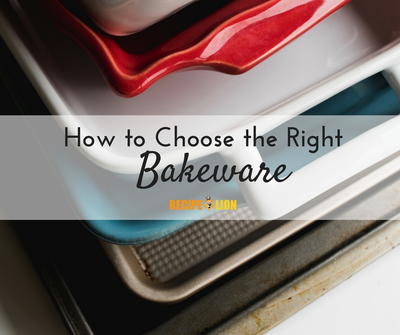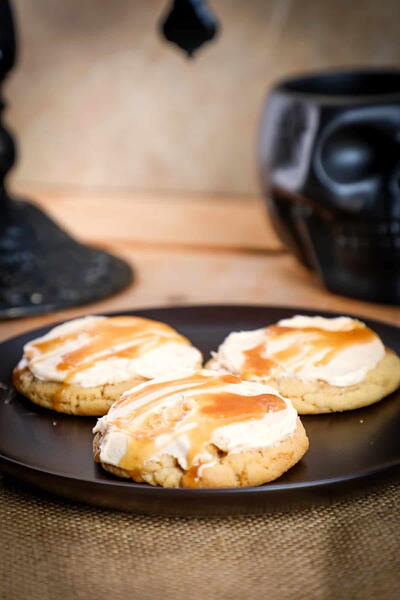How to Double a Recipe + Other Tips for Modifying a Recipe
Doubling a recipe is fairly simple once you get organized. Our step-by-step guide will help you get there!
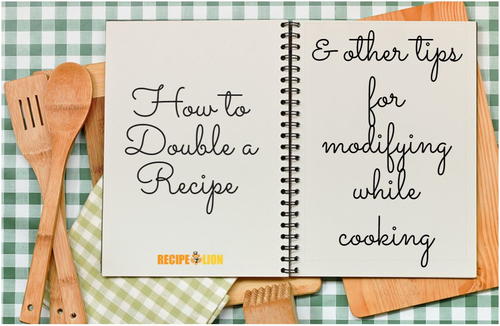
It may seem like a simple task to double a recipe. Just double all the ingredients by two, right? It can actually be a little more complicated than that when trying to keep all the flavors in balance.
When you learn how to properly double a recipe, you'll learn that the ratios may not always even out by simply multiplying ingredients by two, which is why we've created this guide, complete with a free printable, to help you through the process.
Below, we will break down the process into digestible steps, so you can easily follow along. Let's get started.
Things to Know Before You Start
1. The complexity of the original recipe will make doubling or tripling it that much more complex. Trial and error will play a role, and you need to be prepared for that. You might consider sticking to simpler recipes when you're first getting started for this reason.
2. Calculate the recipe on paper before you start cooking. You may think you can do simple math in your head as you go, but it's definitely easier if everything is written out in front of you beforehand. The cooking process will be much simpler this way.
3. Not all ingredients need to be increased by double their amount. This is important! Some spices pack a punch. For instance, if a recipe calls for spicy chile peppers, doubling the amount may actually overpower the dish. This is true for basic things like salt and pepper, too. It's important to taste as you go if possible, so you don't run the risk of something turning out too bland or inedible. You can always add more of something, but you can't take something out.
Pro Tip: For salt, pepper, and mild herbs: add 1.5 times the original amount (more to taste). For assertive spices or spicy ingredients: add 1.25 times the original amount (more to taste).
4. Additionally, you do not necessarily double or triple the amount of butter, oil, or other fat needed to coat a pan when cooking. You'll only need enough to cook with and/or make sure the ingredients don't stick. Over-greasing can cause overly saturated food as an end result.
5. This may seem obvious, but you will need a larger cooking vessel for doubled, and especially, tripled recipes in most instances. Plan for that!
6. Another obvious one. The cook time will most likely be longer for doubled and tripled recipes too, so planning ahead is key if you're cooking for a party!
Get Organized
The easiest way to keep track of everything is to write it down, so grab a pad of paper and a pen. Some people like to separate out their ingredients beforehand (liquids from solids, main ingredients from spices, etc.), however, this method is completely up to you.
If you're a visual person, it may help your brain to print out the old recipe and write the new measurements in the margins. Or you can figure out all your measurements first, and rewrite the recipe completely on a clean sheet of paper or recipe card.
Pro Tip: It's helpful to save these conversions for future use, so you might consider saving your new version of the recipe with the old should you ever need to modify it in the future.
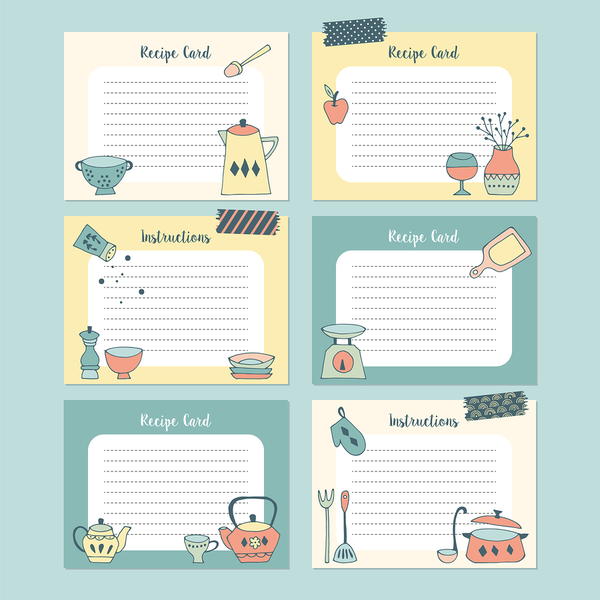
Back to Basic Math
Doing the math can be intimidating when you don't know what you're doing, but with these easy steps, you'll see just how easy it becomes. The equation is simple. Always divide X (the number of servings you need), by Y (the number of servings the recipe calls for). The answer becomes your conversion factor.
Step 1. First, we'll divide the number of servings you need by the number the recipe makes.
For example, if you need four servings and the recipe makes eight...
4 / 8 = .5
If you need eight servings and the recipe makes six...
8 / 6 = 1.3
So, for the first recipe, .5 is the conversion factor. For the second, it's 1.3.
Step 2. Multiply each ingredient in your recipe by the conversion factor.
Let’s say you’re making this biscuit recipe, but you need 20 biscuits instead of 10.
Makes: 10 biscuits
Ingredients:
2 cups all-purpose flour
1 1/2 tablespoon sugar
3 teaspoons baking powder
1 teaspoon salt
1/8 teaspoon baking soda
2 tablespoons soft butter
2 tablespoons shortening (or you may substitute 2 tablespoon butter for shortening)
1 1/4 cup buttermilk
2 tablespoons melted butter
1 cup all-purpose flour
First, you'll find your conversion factor (20 / 10 = 2). Now, multiply each ingredient amount by that number:
2 cups all-purpose flour x 2 = 4 cups
1.5 tablespoon sugar x 2 = 3 tablespoons
3 teaspoons baking powder x 2 = 6 teaspoons
...and so forth.
Step 3: Figure out odd amounts
In most instances, these will be very easy conversions, but sometimes they won't be. Take 1.34 cups, for example. In this situation, you’ll need to use your best judgment when rounding it to the best measurement. 1.34 is very close to 1.3, which is 1 1/3 cups. Depending on what you're making this may work, or you may want to round up or down.
Spices are a good example of ingredients that may do better rounded up. It really depends on the flavor you're trying to achieve, and like we said above, you don't want to overdo it.
Pro Tip: When in doubt, round down.
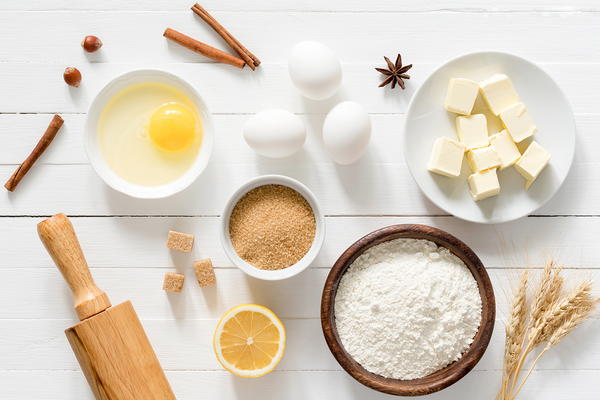
Cook Time Adjustments
For most recipes, the increase or decrease in volume shouldn't affect cooking time too drastically, but please be advised that your meal is fully cooked before serving. This is especially important when cooking meats. Conversely, you don't want to overcook a baked good or casserole. Just keep an eye on the oven and check periodically if you aren't 100 percent sure about your time.
Recipes Simple Enough to Double on Your First Try!
Try out your skills on some recipes that are relatively easy to convert. Whether you need to double or halve these recipes, you should find them simple enough to practice with. Happy cooking!
1. Pecan Pie Cheesecake Bars
2. Christmas Morning Breakfast Casserole
3. Easy Strawberry Refrigerator Pie
4. Grandma Frances' Wisconsin German Potato Salad
5. Orange Blossom Cake
What other helpful tips do you have for modifying recipes?


